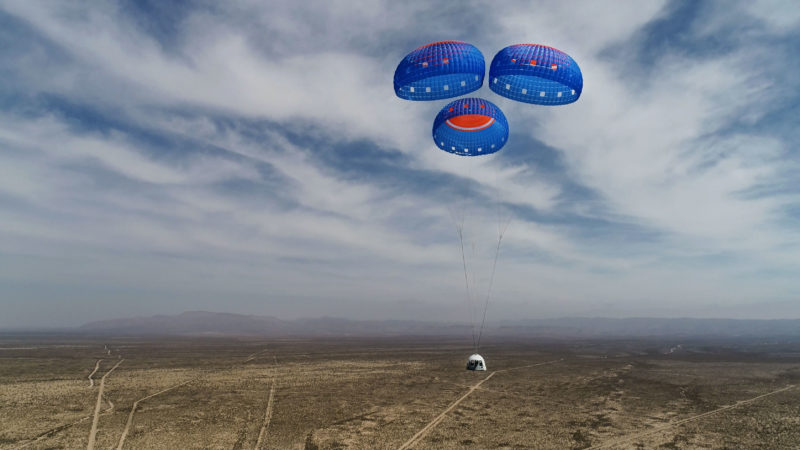
Only hours after Blue Origin named “Mercury 13” aviator Wally Funk to the long-awaited first crewed flight of its New Shepard rocket/capsule system on 20 July—in what is expected to see her become the oldest human ever to voyage into space—Virgin Galactic announced Thursday that its VSS Unity air-launched suborbital spaceplane is aiming for No Earlier Than (NET) 11 July to lift six crew to the edge of space.
Both flights include among their crews the respective founders of the two organizations, with Blue Origin’s Jeff Bezos riding New Shepard and Virgin Galactic’s Sir Richard Branson doing likewise aboard Virgin Space Ship (VSS) “Unity”. On the face of it, this represents a desire of both billionaires to be “first”, but whichever vehicle flies first July promises a dramatic and historic month for commercial human spaceflight.
Funk’s assignment to fly alongside Bezos, together with his brother Mark and the $28 million winner of a recent online New Shepard seat auction came amid great fanfare on Thursday. When asked in a video clip by Bezos what her first words might be after flying to the edge of space, experiencing four minutes of weightlessness, then descending via parachute to land in the West Texas desert, Funk’s reply was a gushing: “I would say, honey, that’s the best thing that’s ever happened to me!”
And she has quite a few other things of interest on an impressive resume which has seen her fly virtually anything capable of flying. “I’ve been flying forever and I have 19,600 flying hours,” she said. “I have taught over 3,000 people to fly. Private, commercial, instrument, flight engineer, airline transport, gliding.” Then, addressing her interviewer, the 82-year-old legend playfully added: “And I could outrun you!”
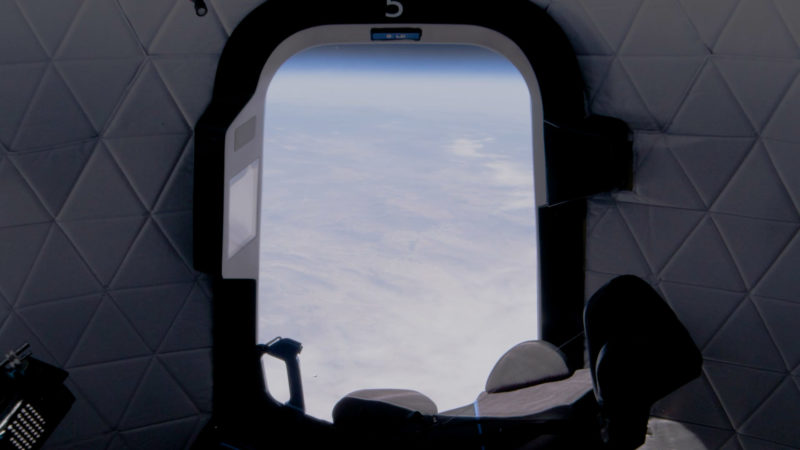
Legend, of course, is word that has been diluted and overused in recent years, but Mary Wallace Funk, born 1 February 1939 in Las Vegas, N.M., is most certainly one. Her enchantment with aircraft began when she was barely a year old, when her parents took her to a local airport and the young girl tried to turn the nut on one of the wheels of a Douglas DC-3. From that instant, Funk’s mother was convinced her daughter would become a pilot. As she grew, she built balsa-wood gliders and had her first flying lesson at nine years old.
Aspirations to study mechanical drawing and auto maintenance were nixed by the reality that, as a girl, home economics was one of the few school courses available to her. She entered Stephens College in Columbia, Miss., and graduated in 1958 with an associate degree…and a pilot’s license. She later earned a bachelor’s degree in education from Oklahoma State University and her flying experience expanded.
After graduation, Funk became a civilian flight instructor and served as the first female flight instructor at a U.S. military base. Yet her gender still conspired against her: in spite of earning her Airline Transport Rating in 1968, she was turned away from commercial airlines.
Three years later, she earned the rating of flight instructor from the Federal Aviation Administration (FAA), the first woman to complete an arduous course which included pilot certification and flight testing, handling accidents and violations. Funk later served as the first female air safety investigator of the National Transportation Safety Board (NTSB) and during the course of her career there she investigated more than 450 accidents.
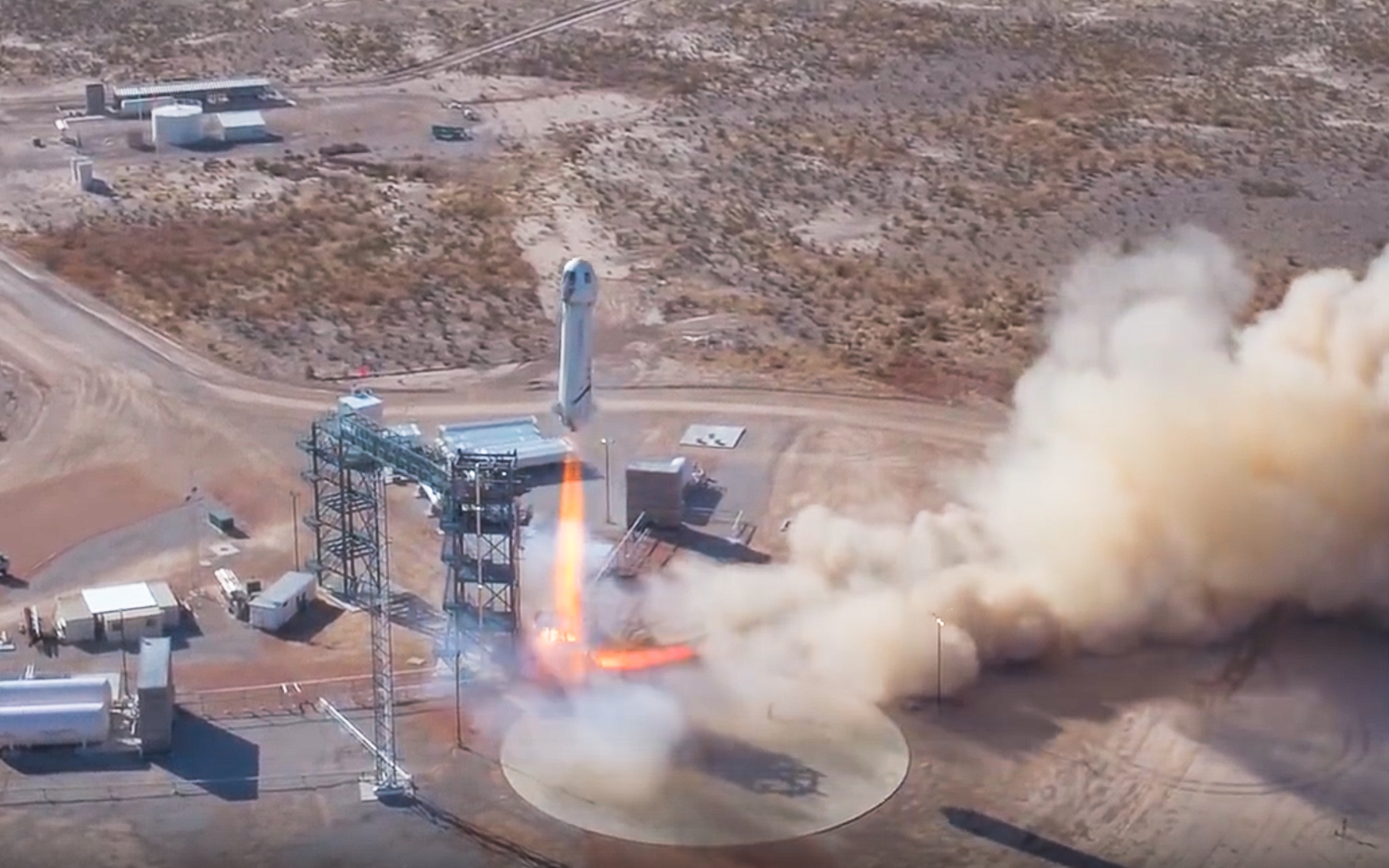
But from a spaceflying perspective, she is perhaps known with equal vigor as a member of the all-female “Mercury 13”, a program initiated in early 1961 to put women aviators under the same battery of physical and mental testing as NASA’s Mercury Seven. Unfortunately, and despite many attempts by members of the Mercury 13 and others to reverse the decision, the program was canceled and none of the candidates was ever formally considered for spaceflight. And although Funk applied repeatedly to enter NASA’s Astronaut Corps after the selection process was made available to women in the late 1970s, her lack of test-piloting experience and an engineering degrees worked against her.
When Funk boards the capsule at Launch Site One in West Texas on 20 July, she will be boosted aloft on the third launch of the reusable New Shepard 4 (NS4) rocket, which previously flew in January and most recently in April. On both missions, the rocket was put through a couple-degrees-per-second rotation during ascent to demonstrate its ability to offer passengers spectacular 360-degree views from the edge of space. And on both flights, the NS4 booster reached an altitude of about 65 miles (105 km), with the capsule achieving an apogee after separation of just over 66 miles (106.3 km) in April.
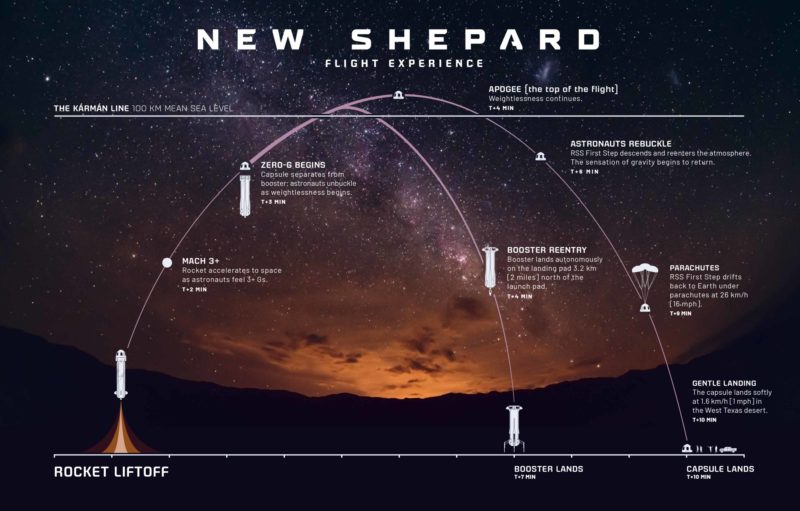
The first New Shepard crewed flight on 20 July has been a subject of great speculation in recent weeks, particularly following Blue Origin’s announcement last 5 May—on National Astronauts Day, the anniversary of Al Shepard’s historic Freedom 7 flight—that one seat aboard the suborbital capsule would be taken by the winner of an online auction. That winner was declared on 12 June, having pledged $28 million for the ten-minute flight to the edge of space, a brief exposure to weightlessness and a parachute-assisted descent back home. Only days earlier, Bezos had declared his intent to fly with his brother on the first flight.
But aside from her legacy, Funk’s assignment is particularly notable in that, aged 82, she will greatly surpass 77-year-old John Glenn as the oldest human ever to enter space. By default, she also exceeds by a quarter-century the record of the current oldest female spacefarer, Peggy Whitson, who turned 57 whilst living and working aboard the International Space Station (ISS) in 2017.
And although there are six seats aboard the New Shepard capsule, Blue Origin has remained tight-lipped about whether, or indeed if, two more crew members may fly to fill them. “We will not be sharing further details about who will be flying on our first astronaut mission,” Blue Origin recently told AmericaSpace.
As if to add to the mix in this high-flying, high-stakes “Battle of the Billionaires”, Sir Richard Branson cast his own hat into the ring Thursday, when he was named as one of six crew members set to fly Virgin Galactic’s VSS Unity air-launched suborbital spaceplane during a “Test Flight Window” which opens on 11 July. According to Virgin Galactic’s website, the Virgin Mother Ship (VMS) “Eve” will be piloted by Kelly Latimer—who last Wednesday also led the crew of “Cosmic Girl” for the second successful LauncherOne mission—and former Space Shuttle commander Rick “C.J.” Sturckow.
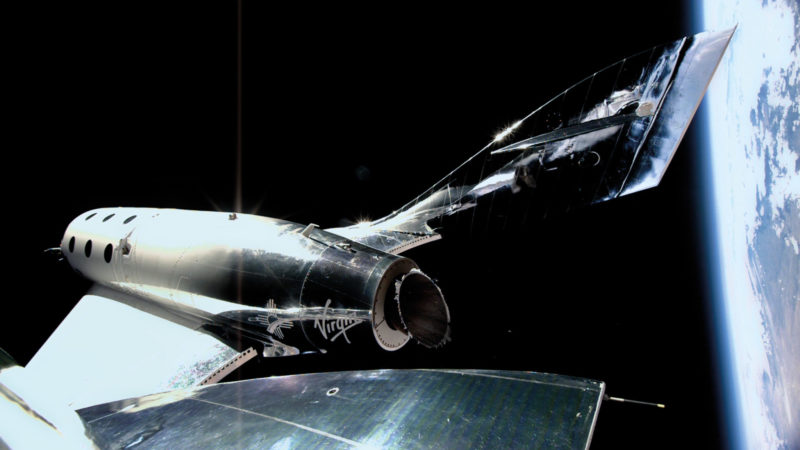
And aboard VSS Unity will be pilots Dave Mackay and Michael Masucci, together with four “mission specialists”. Serving as cabin lead and test director, with responsibility for overseeing the safe and efficient execution of the test flight objectives, is Virgin Galactic’s chief astronaut instructor Beth Moses, who back in February 2019—alongside Mackay and Masucci—flew VSS Unity to an altitude of 55.92 miles (89.99 km). This surpassed the 50-mile (80.4 km) “edge” of space as defined by NASA and the U.S. Air Force, but not the internationally recognized Kármán line, which stands at 62 miles (100 km).
Under the U.S. definition, it made Moses the first woman to make a spaceflight on a commercially-launched vehicle. The other mission specialists include Sir Richard, whose tasks involve evaluating the training regime and flight experience of future passengers, plus Virgin Galactic’s vice president of government affairs and research operations, Sirisha Bandla, and the organization’s lead operations engineer, Colin Bennett. They will respectively evaluate the human-tended research experience, perform experiments and evaluate cabin equipment and procedures throughout the flight.
Unveiled back in February 2016, VSS Unity is the second of Virgin Galactic’s passenger-carrying suborbital spaceplanes, following in the footsteps of her ill-fated sister VSS Enterprise, lost in October 2014. She commenced tests in the fall of 2016 and after several “captive-carry” and gliding flights passed 51.38 miles (82.7 km) with pilots Sturckow and Mark Stucky in December 2018. Since then, VSS Unity flew again in February 2019 with Mackay, Masucci and Moses and a third time in May 2021 with Sturckow and Mackay. On her most recent flight, she reached a peak altitude of 55.45 miles (89.23 km).
With New Shepard having already demonstrated its ability to surpass both the Air Force and NASA limit for the edge of space, and the Kármán line, it remains to be seen if VSS Unity will be able to do likewise. As such, it seems increasingly likely that whilst Virgin Galactic’s mission may not gain universal recognition as a true “spaceflight”, the long-awaited trip of Wally Funk certainly should.




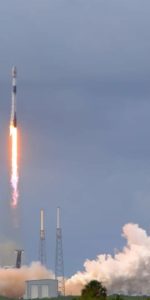
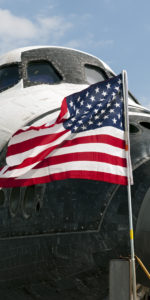
Blue Origin has been ready to make this flight safely for years. If I were Bezos… I’d check with my project managers and key engineers first and then issue a press release on July 9th — announcing a new launch day the next day for the first New Shepard crewed flight(citing good weather, scheduling conflicts or something else, but never mentioning Branson or Virgin).
Then launch early on the 10th, have a great flight up to well beyond the Karman Line (something the other guy can’t do) and make history.